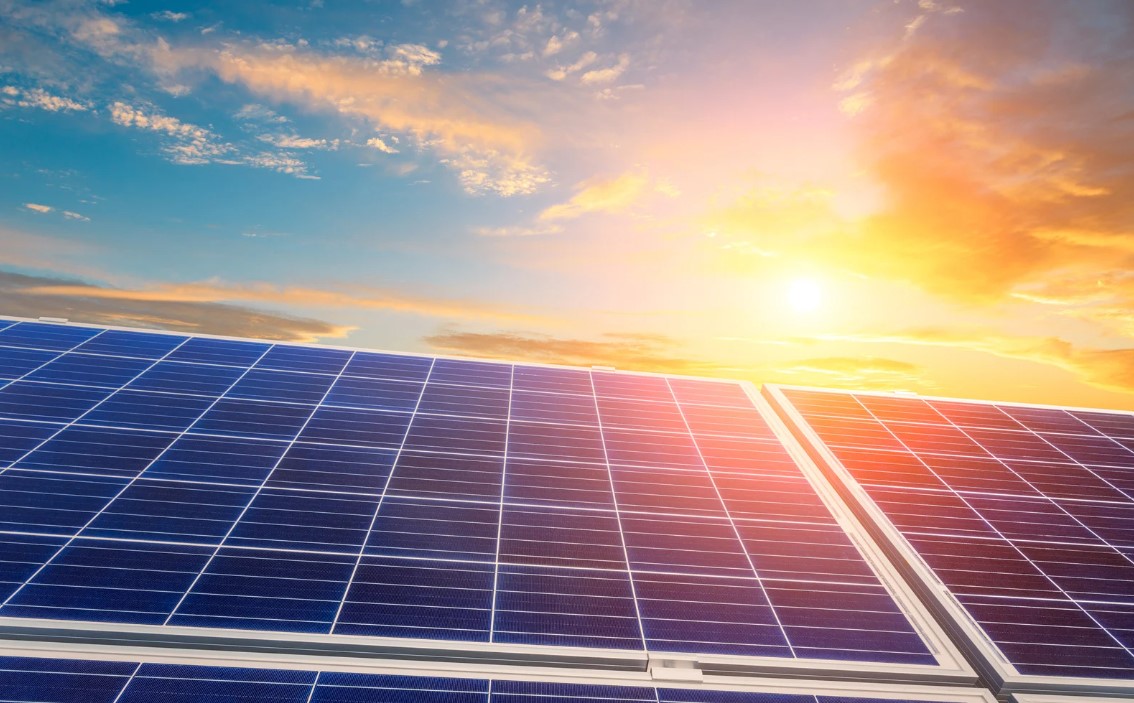The latest report from McKinsey & Company, the Global Private Markets Review 2025, reveals that raising capital continues to be a challenge, resulting in a 24% reduction in new commitments globally to $589 billion in 2024—marking the third consecutive year of decline. Nevertheless, distributions to LPs surpassed capital contributions for the first time since 2015, providing much-needed relief to investors during a pivotal moment for sector liquidity.
However, global investment in Private Equity reached $2 trillion in 2024, recording a 14% increase after two years of decline. This rebound was driven by a notable rise in both the number and value of large transactions, primarily under buyout strategies, amid more favorable financing conditions. Moreover, entry multiples approached levels seen in 2021 and 2022, reflecting increased investor confidence in the potential for asset appreciation.
Greater Focus on Value Creation
The 2024 investment landscape was marked by higher entry multiples and longer holding periods, intensifying pressure on Private Equity funds to generate value through more active strategies focused on operational and revenue enhancements in their portfolio companies. In this context, add-on mergers and acquisitions accounted for 40% of total private equity deal value, consolidating their position as a key driver of returns.
Debt costs improved gradually, leading to a rise in the value of new credit issuances for private equity-backed companies. However, global dry powder declined by 11% in the first half of 2024, standing at $2.1 trillion, reducing the inventory to 1.89 years.
Tomeu Palmer, Partner at McKinsey and Leader of the Private Equity & Principal Investors practice in Iberia, states: “For private equity managers, focusing on value creation through operational and growth levers has never been more important. Entry multiples have reached historical highs and holding periods are longer, making operational optimization and growth essential for delivering strong returns.”
New Dynamics in the Secondary Market
The secondary market has become a significant additional liquidity source for LPs, with a 45% increase in transaction value. This growth has fueled LP interest in seeking liquidity beyond distributions, as well as in GP-led secondaries through the creation of continuation vehicles as a strategy for portfolio management. In total, secondary transactions reached $162 billion—the highest level on record.
Meanwhile, middle-market funds were the only ones to maintain stable fundraising levels amid widespread declines. Large funds failed to grow for the first time in three years, while smaller and newly launched funds faced greater challenges, with longer fundraising periods and lower volumes. Nonetheless, LP confidence in the Private Equity segment remains strong, with 30% planning to increase their allocation to private equity over the next 12 months, according to McKinsey’s global LP survey.
“The secondary market has gained unprecedented relevance, reaching a record-breaking transaction volume of $162 billion. More than half of this total was driven by LP-led transactions, showing that investors have found this mechanism to be an efficient way to reallocate capital and manage liquidity. Moreover, the GP-led segment also reached record figures, with 84% of these funds channeled through continuation vehicles,” says Joseba Eceiza, Senior Partner at McKinsey and Leader of the Private Equity & Principal Investors practice in Iberia.
GPMR Report Highlights
Global fundraising fell by 24% to $589 billion, marking the third consecutive year of decline. Transaction activity rebounded by 14% to $2 trillion, the third-highest figure ever recorded in the sector.
For the first time since 2015, distributions to investors exceeded capital contributions, easing liquidity pressures. Buyouts led fundraising efforts and achieved the highest internal rate of return (IRR) in 2024, with a significant increase in transactions exceeding $500 million.
Venture capital experienced a drop in both the number and value of deals, reflecting a decrease in momentum in that segment. Growth equity showed relative stability, although it was affected by investor caution and tighter debt conditions.
The financing environment improved with lower costs and increased issuance value for new private equity-backed debt. Global dry powder fell by 11% in the first half of 2024 to $2.1 trillion, reducing inventory levels to 1.89 years.
A global LP survey revealed that 30% of respondents plan to increase their private equity allocations over the next 12 months, indicating continued confidence in the asset class. Large-scale transactions (over $500 million) increased by 37% in value and 3% in volume, highlighting a growing preference for larger deals.
The rise of the secondary market and a higher number of exits by financial sponsors reflect a more sophisticated approach to portfolio and liquidity management strategies.




